Fitness Goal Setting During A Pandemic

Being primarily a strength and power athlete all my life, I always told myself I wasn’t a runner. Cardio is hardio. But with the lockdown this spring and being out of my regular fitness routine, I decided to download the Couch to 5km app and follow a running program. After all, I recommend running clients returning from injury, or anyone looking to begin running, start with short run/walk intervals to gradually expose their joints to the repetitive workload. Progressive overload means gradually increasing one parameter such as time, distance, intensity, weight lifted, reps and sets completed, etc. This helps prevent injury from too rapid an increase in stimulus to the muscles, joints, and nervous system, and also prevents extreme muscle soreness.
The first running workout was 6 sets of 1.5 min running followed by 1.5 min walking. My right ankle started to hurt during the first interval and I thought to myself, “See, this is why I don’t run!” But as I warmed up, my joints felt better, and I noted to do a better stability and dynamic warm-up before my next run. Six weeks later with gradual increased time intervals and less walking, I reached my goal of running 5km continuously. Now six months have passed, and I’m still running and have formed new goals to work towards.
Goal setting can be a great motivator, especially during a pandemic where we are all thrown out of our regular routine. Choosing vague goals can make it difficult to follow through and even to know when we’ve achieved them.
The acronym SMART helps define a goal to work to: Specific, Measurable, Attainable, Realistic, and Timely. For example, my specific goal of running 5km continuously & injury free in 8 weeks has a specific time frame and parameter (distance) and is attainable and realistic for my fitness level. Another fitness SMART goal might be to be able to hold a plank for 60 seconds with perfect form in two weeks time. Once you’ve set out your goal, whether it be short or long term, you can make a plan. For the plank goal example, you could start with holding a plank and side planks for 10-20 seconds each daily and gradually increase the time, using a mirror as feedback to know you are maintaining proper form.
Share with your physiotherapist what your fitness goals are! If you aren’t sure, we can always help set a SMART goal that is appropriate for your current fitness level and/or recovery with an injury. These goals both short and long-term are especially important while recovering from an injury as it can get you reflecting on positive victories along the way.
Charlotte Reiher, MPT, BKIN, CAFCI, IMS, Pelvic Floor Therapist

This week our featured therapist is Charlotte Reiher. To learn more about Charlotte check out our PhysioWorks team.


Leave a Reply